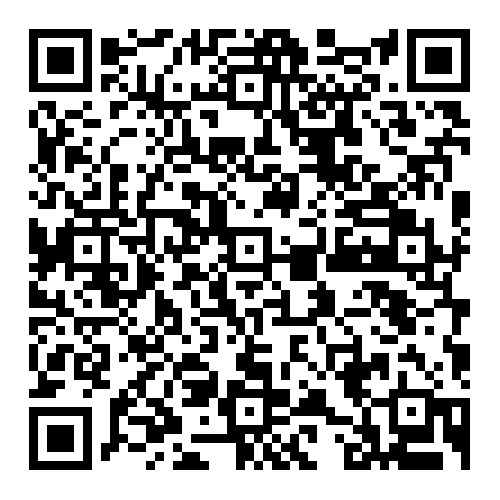Artwork from Separation of the Quileute and Chemakum by Howard Hansen, “cKulell,” author of Twilight on the Thunderbird: A Memoir of Quileute Indian Life. (Tap on image to enlarge.)
Department of Interior 1876 map showing the distribution of the Indian Tribes. Tsemakum territory marker is a variant spelling of Chemakum.
Edward Curtis took this photograph of a Chemakum woman in 1915.
Hílo chíbakabt̓ Liˀatsḱalawólo, kaxtaɫítilo
We are the Chemakum People. We greet you with open hearts.
Who were the Chemakum? Where did they come from...and what happened to them?
There is no evidence or oral tradition that the Chimakuan speakers, ancestors of the Quileute and Chemakum people of today, arrived from elsewhere. Linguistic evidence presented by J. V. Powell, Ph.D., informs us of a separation of the Quileute and Chemakum some 1,200 years ago.
Our creation story, the Quileute creation story, tells that a very long time ago Quileute People were changed from wolves by a transformer.
Our Quileute relatives share oral stories describing a single tribe that separated as the result of a giant flood that took some of the Chimakuan speakers to where we are today, East Jefferson County, Washington. Our second creation story.
Yes, we were once members of the same tribe as the Quileute People, all speaking Proto-Chimakuan and with villages occupying the whole north end of the Olympic Peninsula in pre-historic times. This was before the Makah moved down from the Nitinat area of Vancouver Island and pushed the Chimakuan speakers down the coast and before the S'Klallam came down from Southern Vancouver Island to the Port Angeles area and eventually began to expand east pushing the Chimakuan ahead of them into the Port Townsend-Chimacum area.
Chemakum Territory was a prime location for both other tribes and for the federal government but having been pushed east to the Port Townsend Chimacum area, we surmise that our ancestors would be pushed no more. They were called pugnacious by Edward S. Curtis, but brave by James Swan. They called themselves Akokulo; the S'Klallams called them Chemakum, the name that remains today.
David M. Buerge, author of Chief Seattle and the Town that Took his Name (2017), states: “Both the S’Klallam and the Suquamish appear to have concluded that lingering enmity between them could be eliminated if both groups joined forces to destroy the Chemakum. The S’Klallam could expand their range and salve wounded pride, and Sealth could enhance his warrior reputation at a crucial moment when ever larger numbers of Americans had begun to enter the region.”
Buerge continues, “The raiders arrived under cover of darkness and hid themselves in the forest, awaiting an opportunity to attack. When a family group exited the village, they were shot. Alerted, the Chimakum swarmed out of the barricade, allowing the warriors to enter. Resistance was futile against the rain of bullets. In the end, the raiders killed the Chemakum men, then paddled away with the captured women and children as their slaves. All that was left was the smoking remains of the last Chemakum village. The only survivors of the attack on this village were those, including the Chemakum chief, who had gone upstream in the early morning to spear fish. Subsequently survivors from the village joined the Twana on their reservation at the head of Hood Canal. This was in 1847.”
The Chemakum were said to have been massacred, yet in 1855 Chemakum leaders signed the Treaty of Point No Point.
In 1859 James Swan wrote for the San Francisco Evening Bulletin (published May 19, 1859) that "The tribe of Indians making Port Townsend their headquarters are the Clallam and a remnant of the Chemakum tribe of about one hundred persons, who are, however, reckoned by the Indian Department as Clallams."
In 1860, James Swan conducted the Point Hudson census which recorded 32 longhouses, 14 of them S'Klallam and 18 Chemakum.
Eleven years later, on August 24, 1871, the Indians of qatáy village (a S'Klallam name derived from the village's original Chemakum name) were forcibly removed to the Skokomish reservation (they did not remain there), and the longhouses and other structures in the village were dismantled and burned by Indian Agent Edwin Eels. Eels had acted under orders of Superintendent of Indian Affairs, Thomas McKinney, in response to complaints from Port Townsend settlers. He reported the burn was also supported by the Port Townsend city fathers.
Chemakum who had not been enslaved were absorbed into various tribes or simply reckoned S'Klallam by the Indian Agents. Most. Not all.
Eighty-six years later, the Indian Claims Commission awarded Chemakum Territory to the S’Klallam who claimed that the Chemakum had abandoned their territory before the treaty.
But. We are still here.
We believe that land and language is what culture carries and what carries culture. Thus, we are committed to reclaiming our territory and acquiring a land base. We are learning our language and reuniting with and listening to our Quileute relatives who practice and live their culture.
“In the summer of 2022, we formed a Council to realize our purpose in the just and equal recognition of Chemakum people and reclaim, restore, and promote our history and culture, to preserve our sacred link to the land for cultural and sustenance purposes, now and forever.
Please support the Chemakum. For quick checkout, scan this QR code with your phone.

